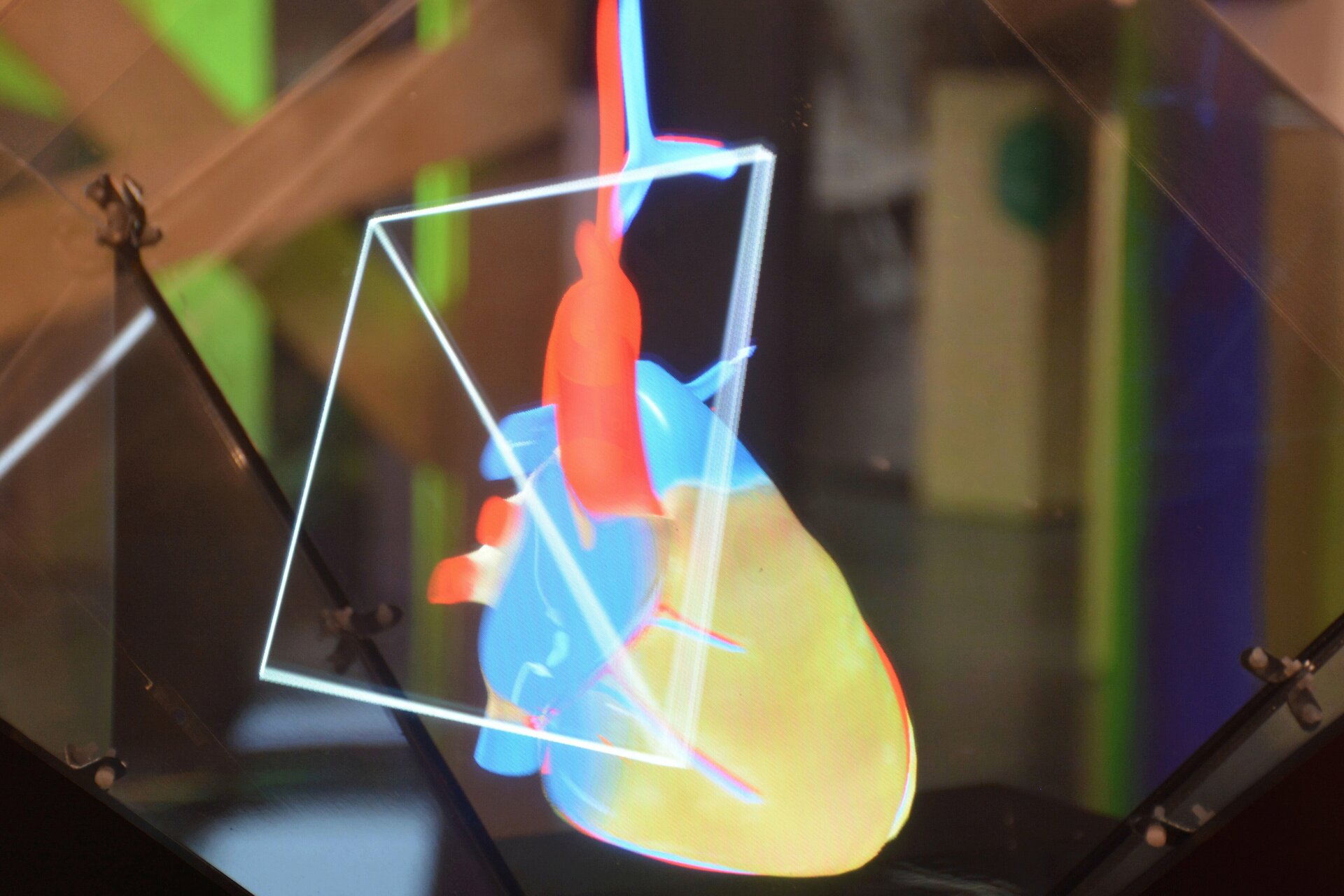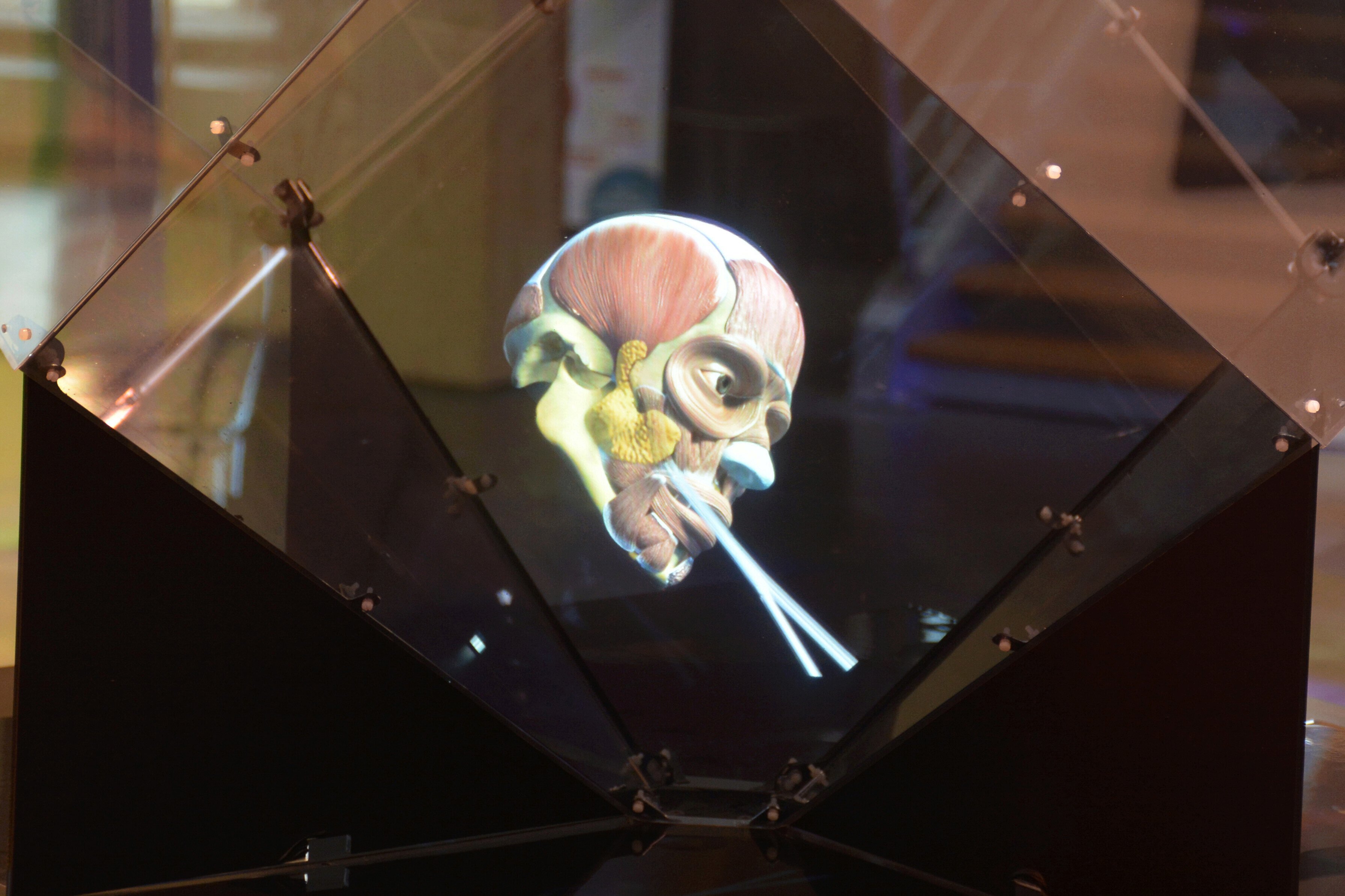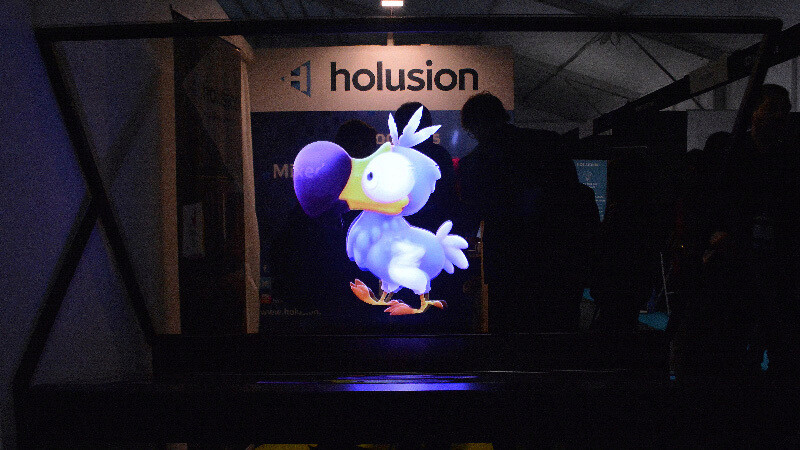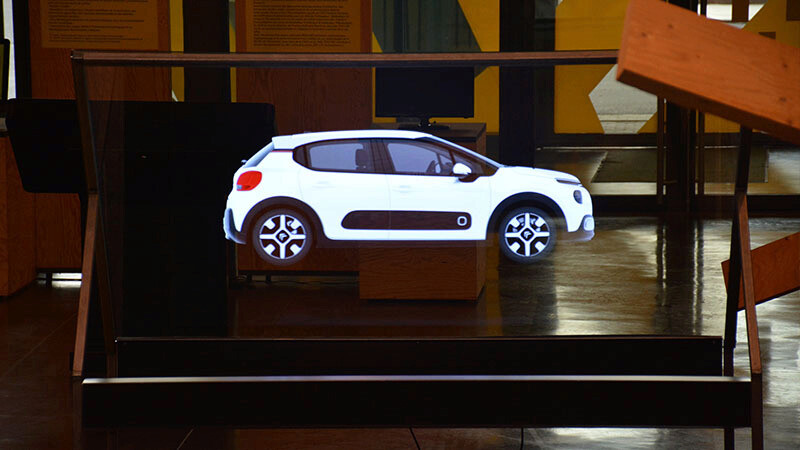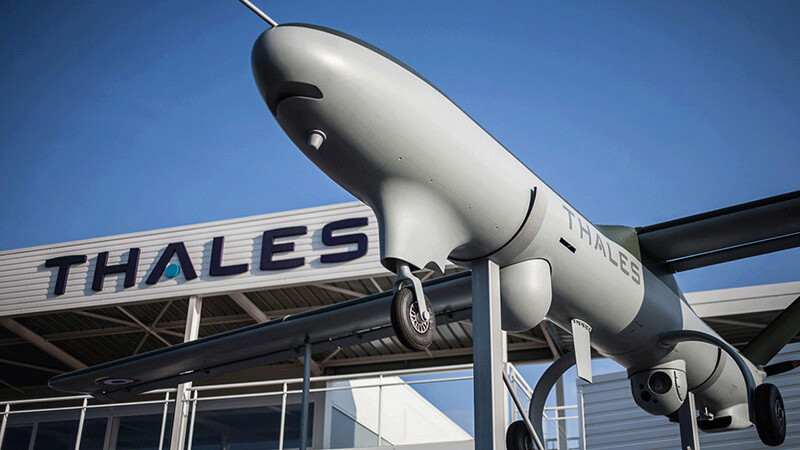
Medical Simulation
The innovative educational tools development (Unity application, 3D videos, MOOCS, serious games, 3D interactive immersion, 3D printing,…) and setting them up in educational route is a researching issue that gives birth to more and more publications in international scientific reviews.
The use of a 3D modeling engine allows to create real time images. Unity 3D is a standard tool for interactive applications wich provides simple solution for sensors integration.
This project was realized with Pr. Cosson, medical Director of the CHRU's UNF3S of Lille. Based on the observation of the 3D anatomy education growing exponentially in medical and paramedical fields, he wanted to integrate a 3D teaching in the medical network's education route. The idea was pushed further thanks to an interactive dimension : creating a medical procedure simulation to prepare the student for their future manipulations.
- Helping to visualize : the use of 3D and the manipulation in space encourages a better understanding of the volumes of complex objects
- Interactive : The change of the role of the student, who becomes an actor, significantly improves his involvment in his learning
- Educational : The adaptation of academic contents in serious games allows new and modern learning formats
 Medical simulation for obstetric surgery
Medical simulation for obstetric surgery
In this context, the hologram permits a faster learning of anatomic knowledge and the comprehension of a field that was reserved for experts until now. A pelvis modelisation for an obstetric surgery course was made with the Brûle company, from the University of Lyon. This model, full and precise, offers the viewer an efficient control to present the different parts of the pelvis. This latest can zoom, rotate and cut in section planes in real time to show the hidden parts.
The Leap Motion was used to capture the hands movements in order to control the hologram. Each of the user movements are then interacting with the hologram.
Pour une manipulation toute en précision,
The interactive application is very evolving. It permits to integrate the scientific visuals fast to create new animations. The application developer has them freely and permits to other hospitals to acquire our products in order to integrate in autonomy their models.
The educational contribution of the 3D medical simulation
The UNF3S set up this program in answer to the actual issues of universities. The teaching courses in this field are essentially face to face. They take the shape of lessons in amphitheatres or in little groups. The little groups lessons are facing organisation and fincancial issues, and they have also to face the high number of candidates. The online formations are not widely spread and they are using records of actual teachers during course. Moreover, those online formations are facing the impossibility of teaching attitudes and gestures.
The anatomy is a weak part of the medical education, because even if it is a very important way to discover pathologies, the ways to teach it are very weak. The manipulations on the human body are taught in specialized centers on models, but these centers aren't teaching the anatomy. The formations at the operating block have a very low limitation number for the participants, and they can cause really heavy emotionnal damages. The anatomy is then taught with explained schemes. But this 2D visualization does not permit to understand the volumes of each organ. This mental 3D representation can be helped with the 3D modelisation of the organs. The holographic display permits to anchor the images in the students' memory.
